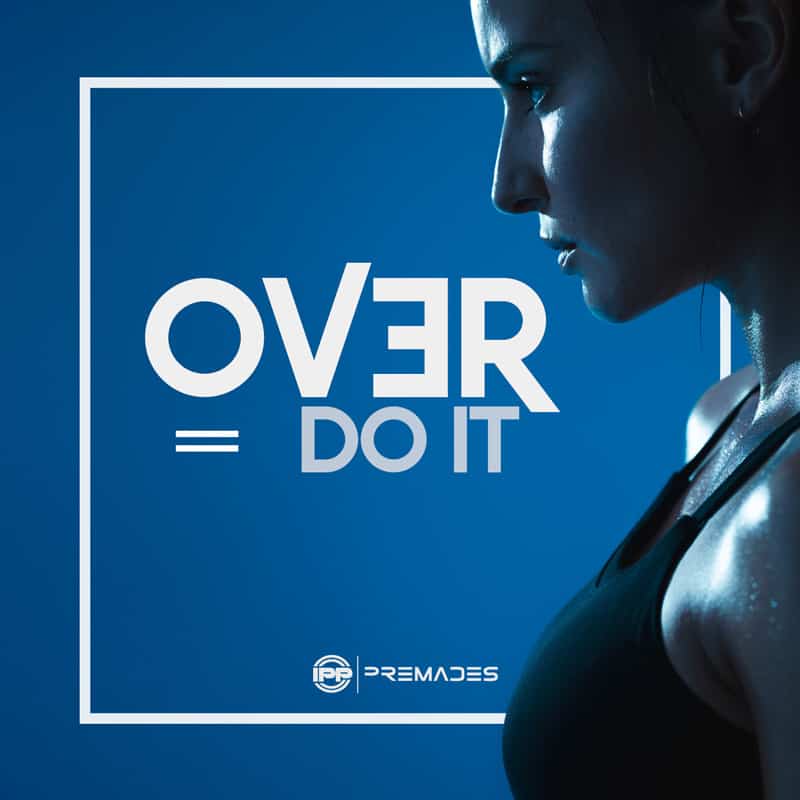Coaching, Featured, Practice Tips, Safety, Tips
Rookie to Pro: Developing a Successful Cheerleading Progression Program
By Steve Pawlyk
Published August 21, 2023
Progression is key. Whether you’re a cheer coach or a gym owner, developing a successful cheerleading progression program can be the difference between building champions or falling short of your goals. This comprehensive guide will walk you through the essential steps to create a structured and effective progression program that helps athletes grow and succeed in cheerleading.
1. Understanding the Importance of Progression in Cheerleading
Progression in cheerleading is about more than moving up levels; it’s about growth, mastery, and success. A well-designed progression program:
- Ensures Safety: By gradually building skills, athletes avoid attempting maneuvers beyond their abilities, reducing the risk of injury. For example, mastering a back handspring before attempting a tuck ensures proper technique and confidence.
- Enhances Skill Development: A structured progression allows athletes to build on foundational skills, leading to more advanced abilities. For instance, starting with basic stunts before progressing to elite stunts ensures a strong foundation.
- Builds Confidence: Achieving milestones boosts self-esteem and motivation. Celebrating an athlete’s first successful cartwheel, for example, can inspire them to tackle more challenging skills.
- Creates a Pathway to Success: A clear progression path provides a roadmap for athletes, coaches, and parents. For example, outlining the journey from novice to elite levels helps set expectations and goals.
2. Assessing the Current Skill Level
Understanding where athletes are starting is crucial:
- Identify Strengths and Weaknesses: Conduct evaluations to pinpoint areas of proficiency and areas needing improvement. For example, if an athlete excels in tumbling but struggles with stunting, tailor their training accordingly.
- Set Realistic Goals: Based on assessments, create achievable targets. If an athlete is close to mastering a back tuck, that may be a short-term goal, while a full twist might be a long-term target.
- Create Personalized Training Plans: Develop individualized plans that cater to each athlete’s needs. For example, an athlete needing to improve flexibility might have specific stretching routines.
3. Setting Clear and Achievable Goals
- Specific: Define exactly what is to be achieved. Instead of “improve tumbling,” aim for “master a back handspring.”
- Measurable: Set criteria for measuring progress. For example, “perform a clean back handspring with no spotter.”
- Achievable: Ensure goals are within reach. Setting a goal to master a complex stunt within a week may be unrealistic.
- Relevant: Align goals with overall team objectives and individual growth. For example, if the team’s focus is on synchronized tumbling, individual goals should support this.
- Time-bound (SMART): Set deadlines for achieving goals. For example, “master a back handspring within two months.”
4. Designing the Progression Pathway
- Defining Levels and Milestones: Break down the progression into levels with specific milestones. For example, Level 1 might focus on basic tumbling, while Level 2 introduces stunting.
- Creating Skill Checklists: Develop detailed checklists for each level. For example, a Level 1 checklist might include a forward roll, cartwheel, and roundoff.
- Integrating Flexibility and Strength Training: Include exercises that build the physical attributes needed for cheerleading. For example, core strengthening exercises to support tumbling.
- Providing Opportunities for Performance and Competition: Offer chances to showcase skills, such as in-house exhibitions or local competitions, to build experience and confidence.
5. Implementing Effective Coaching Strategies
Coaching strategies are crucial:
- Utilizing Positive Reinforcement: Praise and reward achievements, big or small. For example, recognizing an athlete’s improvement in jump technique can boost morale.
- Encouraging Teamwork and Collaboration: Foster a supportive environment where athletes help each other. For example, pairing experienced athletes with beginners for peer coaching.
- Providing Regular Feedback and Assessments: Offer constructive feedback and regular assessments to track progress. For example, monthly evaluations to update goals and training plans.
- Investing in Continuous Coach Education: Encourage coaches to attend workshops and certifications to stay current with best practices.
6. Monitoring and Evaluating Progress
- Conducting Regular Skill Assessments: Schedule assessments to gauge progress. For example, quarterly evaluations to update goals and training plans.
- Tracking Progress Through Documentation: Keep detailed records of each athlete’s development. For example, a digital portfolio with videos of skill mastery.
- Adjusting Training Plans as Needed: Modify plans based on progress. If an athlete quickly masters a skill, adjust their plan to introduce new challenges.
- Celebrating Achievements and Milestones: Acknowledge and celebrate successes, such as moving to a new level or mastering a challenging skill.
7. Emphasizing Safety and Well-being
- Following Safety Guidelines and Protocols: Adhere to industry standards and guidelines. For example, ensuring proper matting and equipment for stunting.
- Ensuring Proper Equipment and Facilities: Regularly inspect and maintain equipment and facilities. For example, checking spring floors for wear and tear.
- Providing Adequate Rest and Recovery: Implement rest days and recovery strategies to prevent overtraining. For example, incorporating yoga or foam rolling sessions.
- Focusing on Mental and Emotional Well-being: Support athletes’ mental health through open communication and resources. For example, providing access to sports psychologists if needed.
8. Engaging Parents and Guardians
- Regular Communication: Keep parents informed through newsletters, meetings, or apps. For example, a monthly newsletter highlighting achievements and upcoming events.
- Parent Meetings and Workshops: Host informational sessions to educate parents about the progression program, expectations, and how they can support their athletes.
- Encouraging Support and Participation: Invite parents to be involved, whether through volunteering or attending performances and competitions.
Developing a successful cheerleading progression program requires careful planning, thoughtful execution, and a commitment to excellence. With these guidelines, you can create a program that fosters growth and success in cheerleading.
IPP's Premade Mixes are USA Cheer Compliant and customizable! Add Sound FX, swap songs, & more! Add your Team Name to the mix for only $10!









